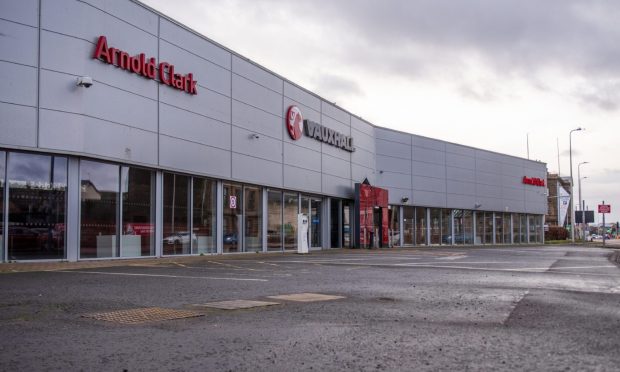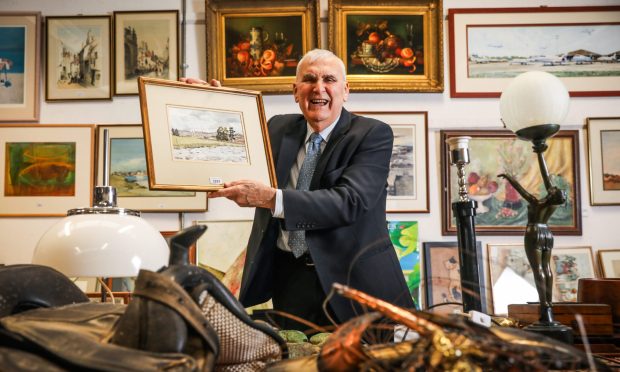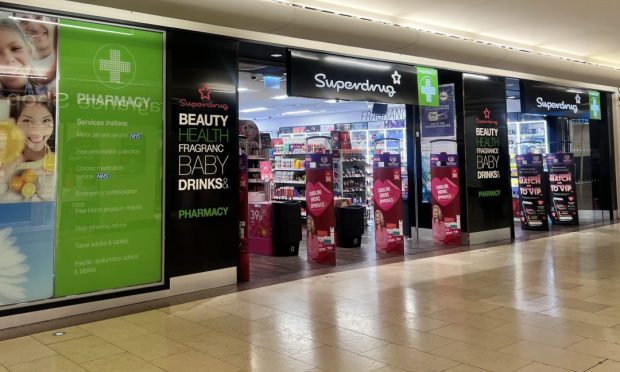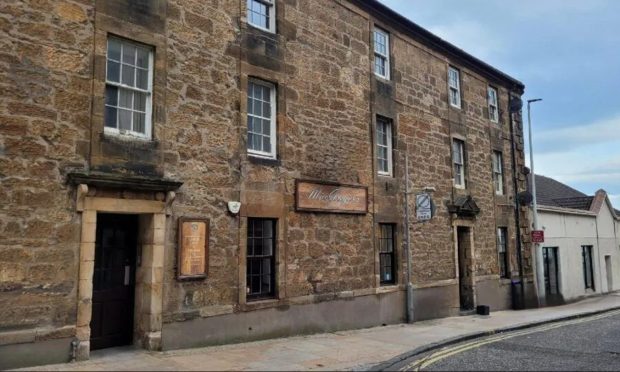St Andrews Business Club is holding a series of talks on the theme of Surviving Brexit on November 8.
The event will feature Dr Shona Dobbie, director of economic consultancy Angus Economics, experienced businessman Stephen Westwood and Dr Billy Grierson of Perth Innovation.
The club said the event aims to give a politics-free understanding of the economic consequences of Brexit and the framework for businesses to think of the opportunities and challenges the withdrawal from the EU will bring.
Dr Shona Dobbie shares some of her views on Brexit:
While the UK negotiates with the EU, the politics of Brexit are taking centre stage and it is easy to lose sight of the economic impact already taking place.
So far this impact is largely due to the substantial depreciation in Sterling which occurred after international investors realised UK voters wanted to leave the EU.
Sterling’s value was the equivalent of €1.30 on the day of the referendum. Now it is almost 15% lower.
On the face of it, this is good news for exporters. Imagine a UK company manufacturing goods for export to a European market, such as Germany, with a production cost of £10. The good in question was sold in Germany before the referendum at a price of €15.60, which translated back into Sterling at a value of £12.
The company was making a respectable profit of £2, or 20%, on every good it sold. But now, with Sterling being weaker, the same retail price of €15.60 in Germany translates back to around £14.05 – giving the exporter almost twice as much profit as before.
The UK exporter now has two choices – it can leave the retail price in Germany unchanged, or it can cut the price to below €15.60, to increase competitiveness and win a higher volume of sales.
But there is little evidence, so far, of prices being cut. Arguably, UK companies are not taking full advantage of the fall in Sterling.
Why should this be the case? One major reason is that the costs of production may also have increased sharply due to Sterling’s depreciation.
This is certainly the case if inputs required for production are sourced overseas. If inputs bought abroad previously cost €7.80 – equivalent to £6 in Sterling terms – when the exchange rate was £1=€1.30, then at today’s exchange rate these same inputs now cost the equivalent of £7.03, an increase of 17%.
This sharp increase in costs wipes out a large chunk of the profit being made. So, even now, at this early stage in the Brexit process, UK manufacturers are facing some challenging decisions regarding pricing in foreign markets.
Unfortunately, there is no easy solution as the optimal decision differs for each manufacturer depending on the competitiveness of their particular market segment and the extent to which inputs are sourced from abroad.
This example highlights just one reason why businesses are feeling uncertain. UK firms are already being offered opportunities, but are also facing challenges, even before the all-important trade negotiations between the UK and EU commence.
It is critical that every business fully understands the nature of its market and the detailed composition of its own production costs.










